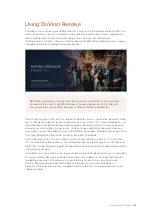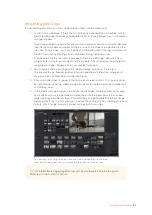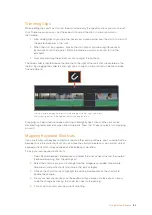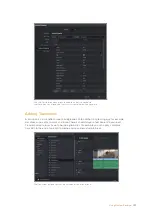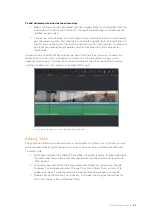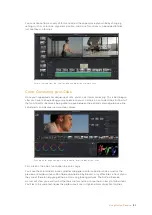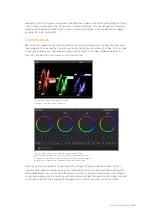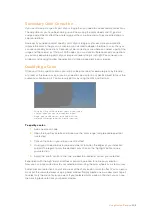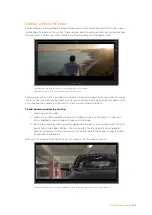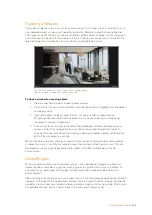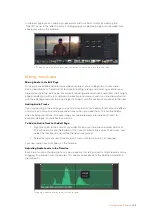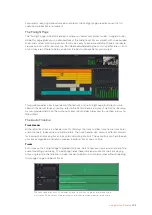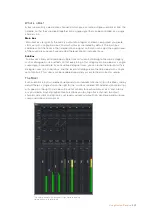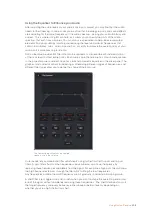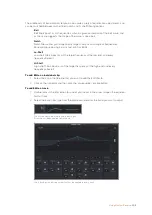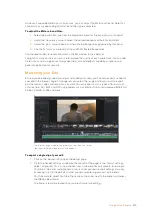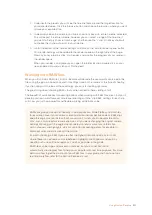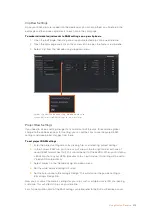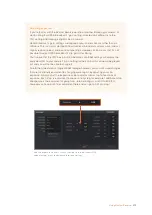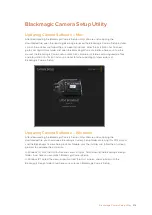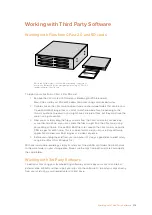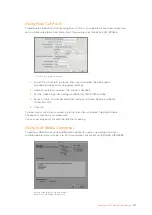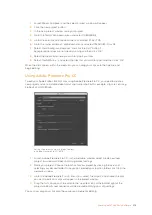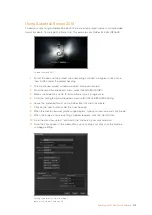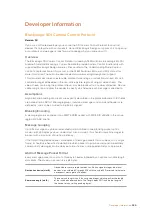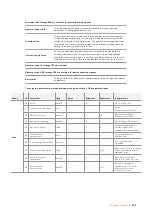
What is a Bus?
A bus is essentially a destination channel to which you can route multiple audio tracks from the
timeline, so that they are mixed together into a single signal that can be controlled via a single
channel strip.
Main Bus
‘Main busses’ are typically the primary output of a program and each new project you create
starts out with a single ‘main bus’, to which all tracks are routed by default. The ‘main bus’
combines all of the tracks in the timeline into one signal so that you can adjust the overall level
of the audio mix once you have adjusted the level of each individual track.
Sub Bus
‘Sub busses’ allow you to combine multiple tracks of audio that belong to the same category
such as dialogue, music or effects so that everything in that category can be mixed as a single
audio signal. For example, if you have five dialogue tracks, you can route the output of all five
dialogue tracks to a ‘submix bus’, and the level of all dialogue can then be mixed with a single
set of controls. This submix can be rendered separately or sent to the main bus for render.
The Mixer
Each audio track in your timeline corresponds to an individual channel strip in the Mixer, and by
default there’s a single strip on the right for the ‘main bus’ labeled ‘M1’. Additional channel strips
will appear on the right hand side with a set of controls for each additional ‘main’ and ‘submix
bus’ you create. A set of graphical controls allows you to assign track channels to output
channels, adjust EQ and dynamics, set levels and record automation, pan stereo and surround
audio, and mute and solo tracks.
The audio mixer, with channel strips corresponding
to the tracks in the timeline
207
Using DaVinci Resolve

